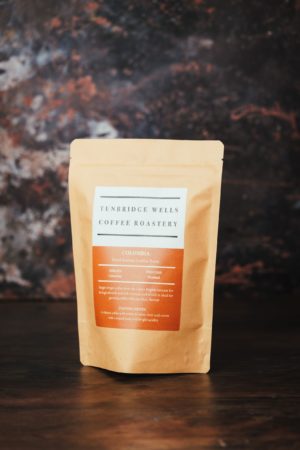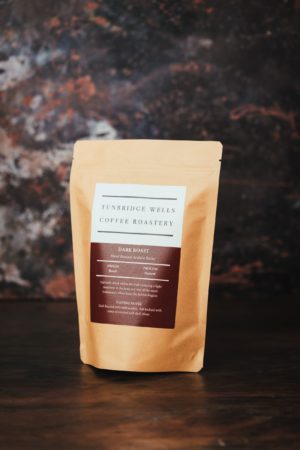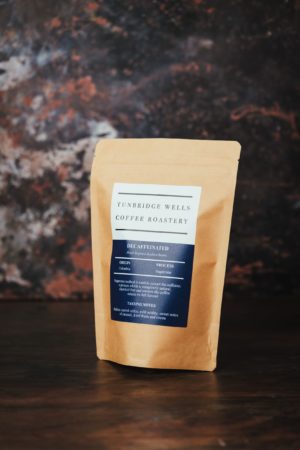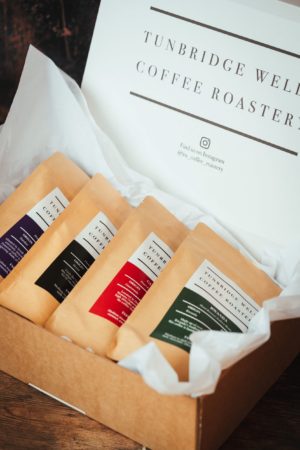It's all in the Brewing
Through extensive cupping, Esbin’s farms, La Hondura & El Mango and Maria’s farm, Trapiche, have been singled out as some of the top lots from the region this year.
Maria, one of the producers of this lot, was born in Naranja and has lived there her whole life. Now aged 53, Maria has 8 children, 4 of whom still live with her. Maria firs purchased her farm Trapiche 6 years ago. Totalling 2 hectares in size, Maria grows a mix of Bourbon, Typica and Pache.
Both of Esbin and Maria’s farms take their names from notable landmarks located on the plots. El Mango after the fruit trees on the farm, La Hondura, its bisecting shape and El Trapiche after the sugar mill that used to be located on the same plot. Like many other farms in the region, the names are symbolic, reflecting the distinguishing characteristics in the surrounding area. Coffee production is currently Jorge and Esperanza’s only means of income, with any fruit trees or other produce grown, reserved only for personal consumption.
Consistent ‘selective’ tree pruning is conducted to maintain the quality of the crop and to increase its yield. Farmers work in 15-year rotations, focusing on each variety individually. When a plant reaches the end of its 15-year life cycle, it will be dramatically cut back using the ‘Zoqueo’ practice. This sees the tree cut back to the stem just 30 centimetres from the ground, stimulating the emergence of new growth.
preparation for this event, trees of the same variety are planted two years in advance, meaning there is an uninterrupted supply of mature cherry. Jorge carried out this process only last year, renovating 1 of his hectares ready for next year’s harvest. When ready, he plans to duplicate the process with the other hectare.
Soil analysis is regularly conducted with fertiliser applied in February, June after the harvest in October. For Fertiliser, both Esbin and Maria use a mix of compost and ‘guano de las Islas’, meaning guano from the islands. Located just off the coast of Peru are a collection of small islands, home to large sea bird populations. These birds produce large amounts of excrement, or, guano, which settles on the ground as a nutrient-rich top layer. Guano is collected on the island and transported to the mainland to be used as a fertiliser.
Harvest in La Naranja spans from June to October. Coffee processing techniques in the region are tried and tested methods of production, often passed down through generations. The process begins with the cherries being selectively handpicked, before being floated in cool clean water to remove any low-density cherries. Next, the coffee is pulped: each producer has their own de pulper located on the farm, often close to the house or main building. Once the coffee has been de-pulped, the beans are placed in a wet fermentation tank for anywhere between 30-36 hours; depending on the climate. The coffee is then washed three times to remove all remaining mucilage, drain any excess water, before finally placing the beans on raised beds to dry. Here, the beans will remain for around 10-15 days, depending on the level of rain.





1 review for Peru – La Naranja Organic
Only logged in customers who have purchased this product may leave a review.








Oliver Engleback –
A smooth rich coffee – excellent for a morning perk!